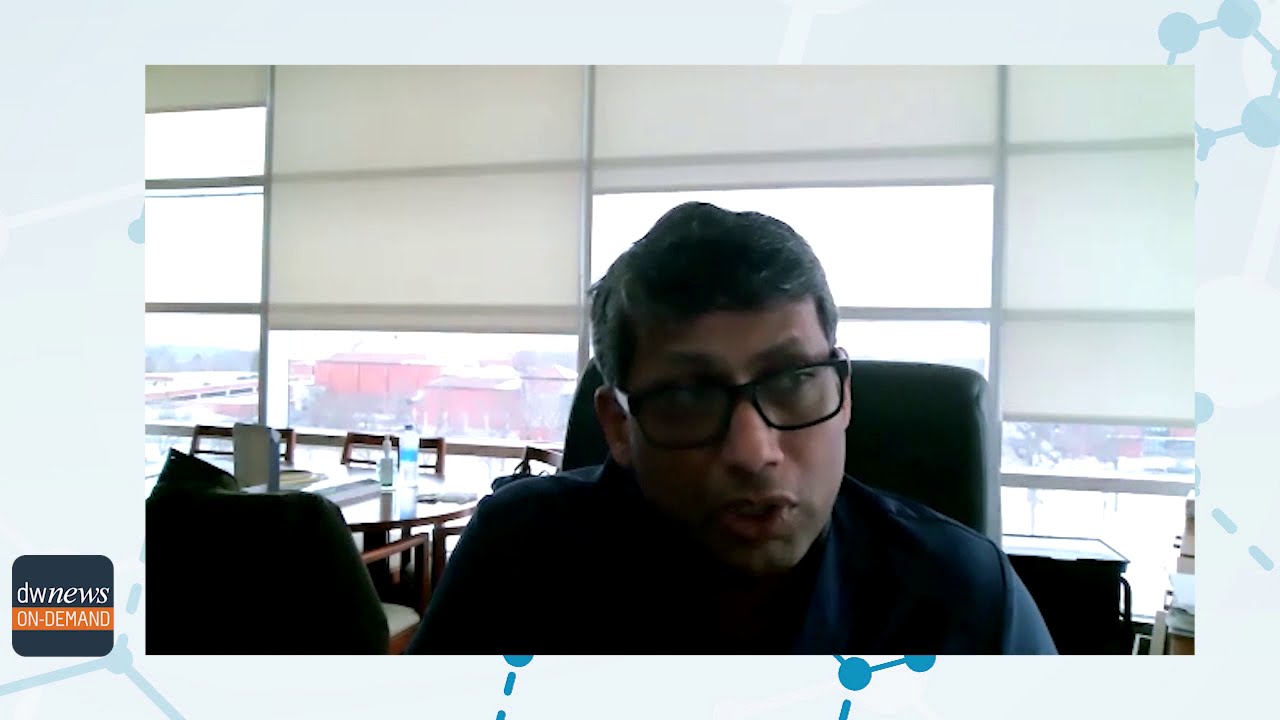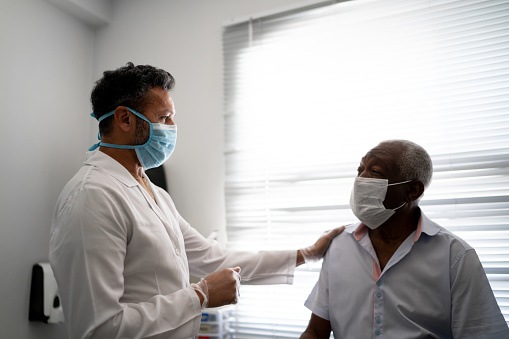
Chemoimmunotherapy (CIT) is a common treatment option for patients with chronic lymphocytic leukemia (CLL) but may result in further cytopenia, thereby increasing a patient’s risk of infection. Researchers performed a pooled analysis of phase II and III German CLL Study Group trials to evaluate incidence, characteristics, and outcomes of infections during and after therapy. The results were presented during the 62nd ASH Annual Meeting & Exposition.
The analysis consisted of patients receiving first-line therapy from five clinical trials: CLL7 (patients treated with fludarabine, cyclophosphamide, rituximab [FCR]), CLL8 (fludarabine-cyclophosphamide [FC] vs. FCR), CLL10 (FCR vs. bendamustine-rituximab [BR]), CLL11 (chlorambucil [CLB] vs. CLB-rituximab [CLB-R] vs. CLB-obinutuzumab [CLB-Ob]), and CLL2M (BR). Severe infections between therapy initiation and four weeks after completing study treatment were considered related to treatment. Later infection events were not included because reporting methods varied in different studies.
Final analysis consisted of 2,291 patients (median age, 64 years) who were observed for a median of 71.7 months (range, 43.7-81.0 months). The treatment breakdown was: FCR, n=727; FC, n=396; BR, n=395; CLB, n=116; CLB-R, n=326; and CLB-Ob, n=331.
A total of 229 patients sustained 274 severe grade 3 (n=189) and 4 (n=22) infections, and 18 patients died from infection complications. The median time from treatment initiation to severe infection was 1.8 months; the median number of infectious episodes per patient was one.
Of the total cohort, 31 patients had bacterial infections, 35 had viral infections, five had fungal infections, and 172 had unspecified infections. Among patients with severe infections, higher-grade leukopenia and/or neutropenia was observed in 121 patients. When assessing by treatment, the number of patients with severe infections was 88 among FCR patients, 45 among BR patients, 12 among CLB patients, 35 among FC patients, 25 among CLB-Ob patients, and 24 among CLB-R patients.
Age, sex, Eastern Cooperative Oncology Group performance status score, and creatine clearance did not differ between patients with versus without infections, and molecular and cytogenetic characteristics, as well as immunoglobulin heavy chain variable status, were similar between the cohorts. Upon study enrollment, both groups had a median neutrophil count of 4.4×10-9/l, and pre-therapy immunoglobulin levels were comparable between the groups. Response to first-line treatment was similar between the infection and no infection groups (complete or partial response, 79.9% vs. 83.2%), as was the rate of undetectable minimal residual disease levels (21.8% vs. 23.1%).
Patients with severe infection, compared with those without, had significantly shorter median overall survival from four weeks after completing study treatment (73.7 months vs. 97.3 months; hazard ratio, 1.503; 95% confidence interval, 1.217-1.856; P<0.001).







 © 2025 Mashup Media, LLC, a Formedics Property. All Rights Reserved.
© 2025 Mashup Media, LLC, a Formedics Property. All Rights Reserved.